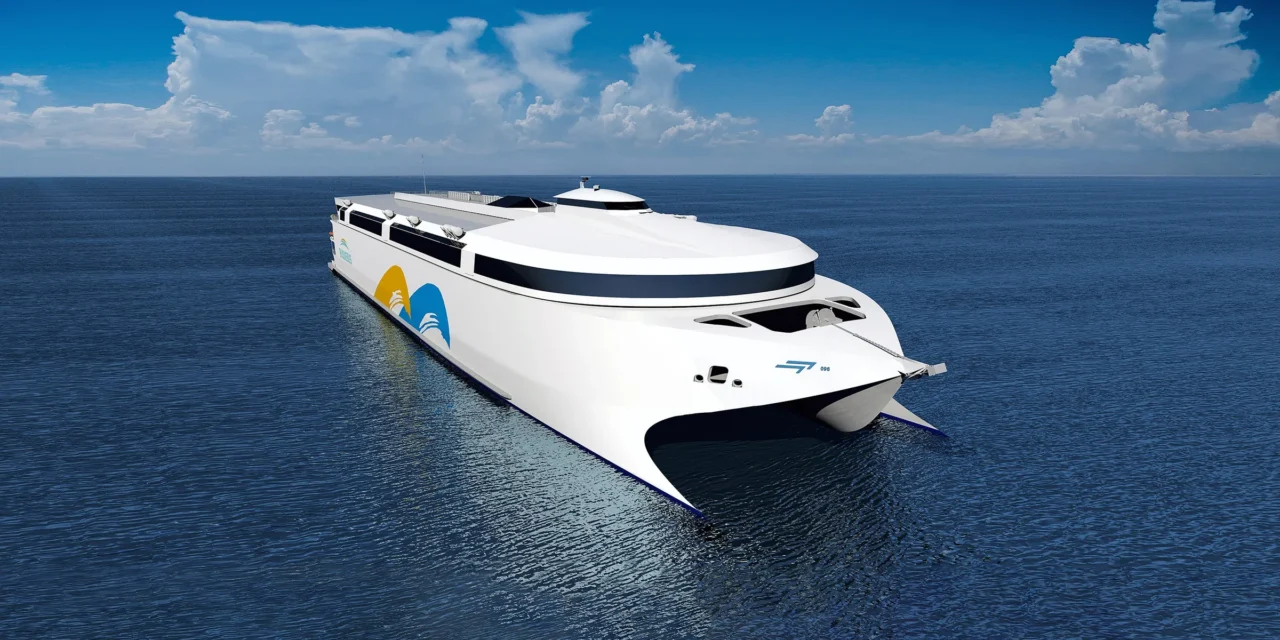Move over, diesel dinosaurs—enter Hull 096, the colossal battery-powered ferry that’s basically a floating iPhone on steroids, armed with 5,016 lithium-ion batteries and enough juice to make Tesla blush. Built by Aussie wizards at Incat Tasmania, this 130-meter aluminum beast is charging up in hydropower paradise (Tasmania’s grid is 100% renewable, because why not go full eco-warrior?), and it’s set to shuttle 2,100 passengers and 225 cars across South America’s Rio de la Plata in a zippy 90 minutes. Think about it: no more chugging fumes while stuck in traffic on water; instead, it’s silent propulsion via eight water jets, air-cooled battery rooms to prevent a fiery meltdown (because nobody wants a ship that barbecues itself), and a 40-minute recharge that’s faster than your morning coffee run. Experts geek out over its thermal-runaway-proof design—fancy talk for “it won’t explode like a bad blind date”—and while long-haul ocean liners are still dreaming of ditching diesel, this ferry’s proving electrification isn’t just for golf carts anymore. Challenges? Sure, batteries weigh a ton (literally 250 tonnes), and replacing them every 5-10 years sounds like buyer’s remorse, but with fuel savings over 60%, it’s the maritime equivalent of swapping your gas guzzler for a Prius. Sea trials later this year—cross your fingers it doesn’t short-circuit the first time it hits a wave.
The World’s Biggest Electric Ship Charges Up





